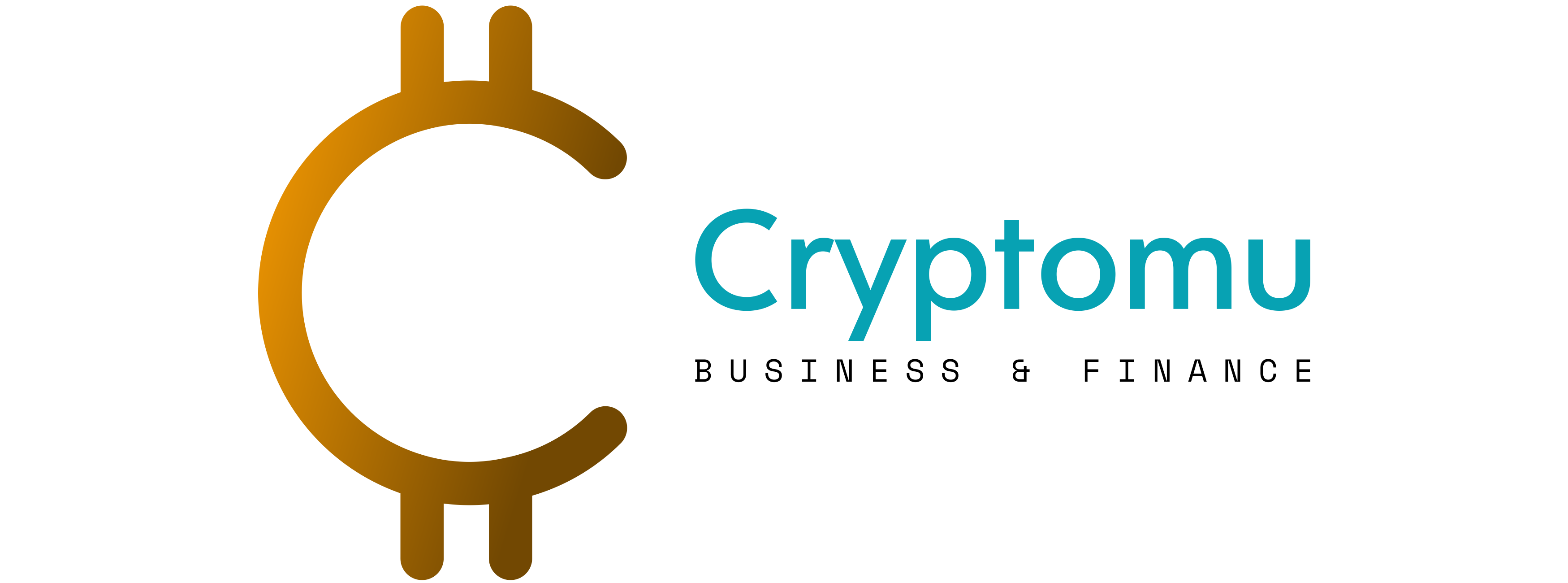Etta Money, President & CEO of InCharge Debt Solutions.
getty
Rising interest rates through 2022 are a promise by the Federal Reserve Bank in an effort to put the brakes on a 40-year-high inflation rate. The plan is for several more increases this year.
Rising interest rates have far-reaching effects that will take a financial toll on people navigating everything from the housing market to costlier home loans, student loans and car loans.
Perhaps most challenging of all could be the impact on credit card debt. The interest rate will tick up in concert with the Fed.
Some of the most affected consumers are your valued employees. And some of those employees, who already are carrying substantial debt, now face higher prices at the gas pump, in the grocery store aisle and just about everywhere else they spend money.
Interest rate hikes will result in higher APRs and longer debt payoff periods for cardholders. For those dealing with higher credit card balances to start, the challenge to pay them off will only intensify.
According to the New York Fed, consumer credit card balances climbed to $856 billion in the fourth quarter of 2021. That’s a $52 billion increase over the third quarter and qualifies as the third straight quarterly increase. According to LendingTree, the average American credit card balance is $6,569. It should be noted that there has been a slight decrease to $841 billion in Q1 of 2022.
Paying down debt remains the best hedge against financial encumbrance. Fed warnings of multiple hikes through the year make it even more important to make a plan to mitigate heavier debt burdens ahead. How can employees navigate this financial obstacle course, especially those already carrying higher interest credit card rates because of poor or even average credit scores?
It’s not nearly enough to advise folks to combat higher interest rates ahead by getting into the housing market sooner than later or to finance that new car as soon as possible to avoid the next interest rate hike a few months down the road. Speeding up purchases in an effort to save money is not a winning debt management strategy. Managing existing debt should be the goal. It’s a problem for many people regardless of their tax bracket but is especially difficult for those already struggling to make ends meet.
Debt management, as an umbrella term, is a hedge against rainy days. We can see how this period of rising interest rates, coupled with wages squeezed by higher prices, might soon qualify as a downpour for some.
There are five primary avenues of debt relief, some easily recognizable by consumers, some so unfamiliar they require a definition. A few of the debt-relief options are advisable only in the direst circumstances, like bankruptcy or judgment proof.
The first option is a nonprofit debt management program. A debt management program can help eliminate credit card debt without taking out a personal loan. The program works to significantly reduce the interest rates and arrive at an affordable monthly payment. If payments are made on time, the debt should be paid off in three to five years and the long-term bonus is an improved credit score.
The next option is a nonprofit credit card debt forgiveness. This new approach allows consumers to pay less than what is owed for certain types of credit card debt. The difference between this program and traditional debt settlement is that the creditors agree upfront on the amount they will accept and the consumer makes a predetermined amount of fixed monthly payments to arrive at that number.
Free credit counseling can help folks determine the best way to get their debt under control. Credit counselors can also provide answers on everything from DIY debt relief programs, to balance transfer cards to the warning signs of financial scammers. Counselors at nonprofit agencies are certified to offer financial guidance. They are required by law to provide advice that is in the consumer’s best interest. They risk losing their 501(c)(3) nonprofit status if they don’t.
Paying down debt is always a good idea but one that can evade even the best intentions if the consumer’s approach lacks discipline and a clear strategy. Creating an affordable budget is always the best first step to successfully managing money and debt. Sticking to that budget is always the next best step.
Sound budget planning is crucial to financial solvency in the best of times, let alone when rising interest rates are chewing bigger holes in your monthly budget.
If you’re losing the battle with inflation, know that debt-relief options like credit counseling, a debt management program and nonprofit credit card forgiveness are there to get you safely back on your feet.
The information provided here is not investment, tax or financial advice. You should consult with a licensed professional for advice concerning your specific situation.
Forbes Finance Council is an invitation-only organization for executives in successful accounting, financial planning and wealth management firms. Do I qualify?
